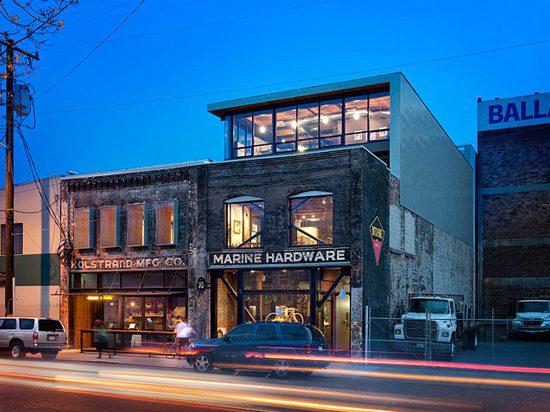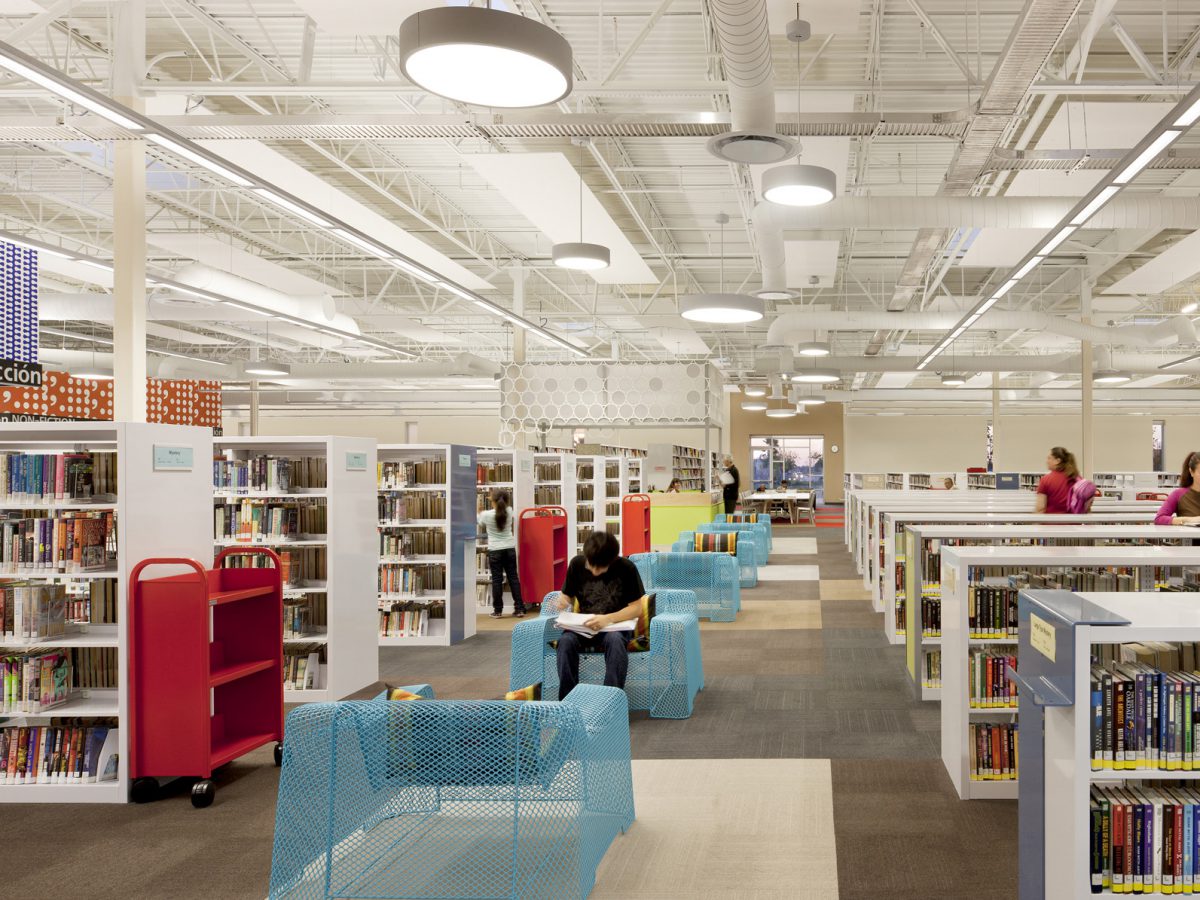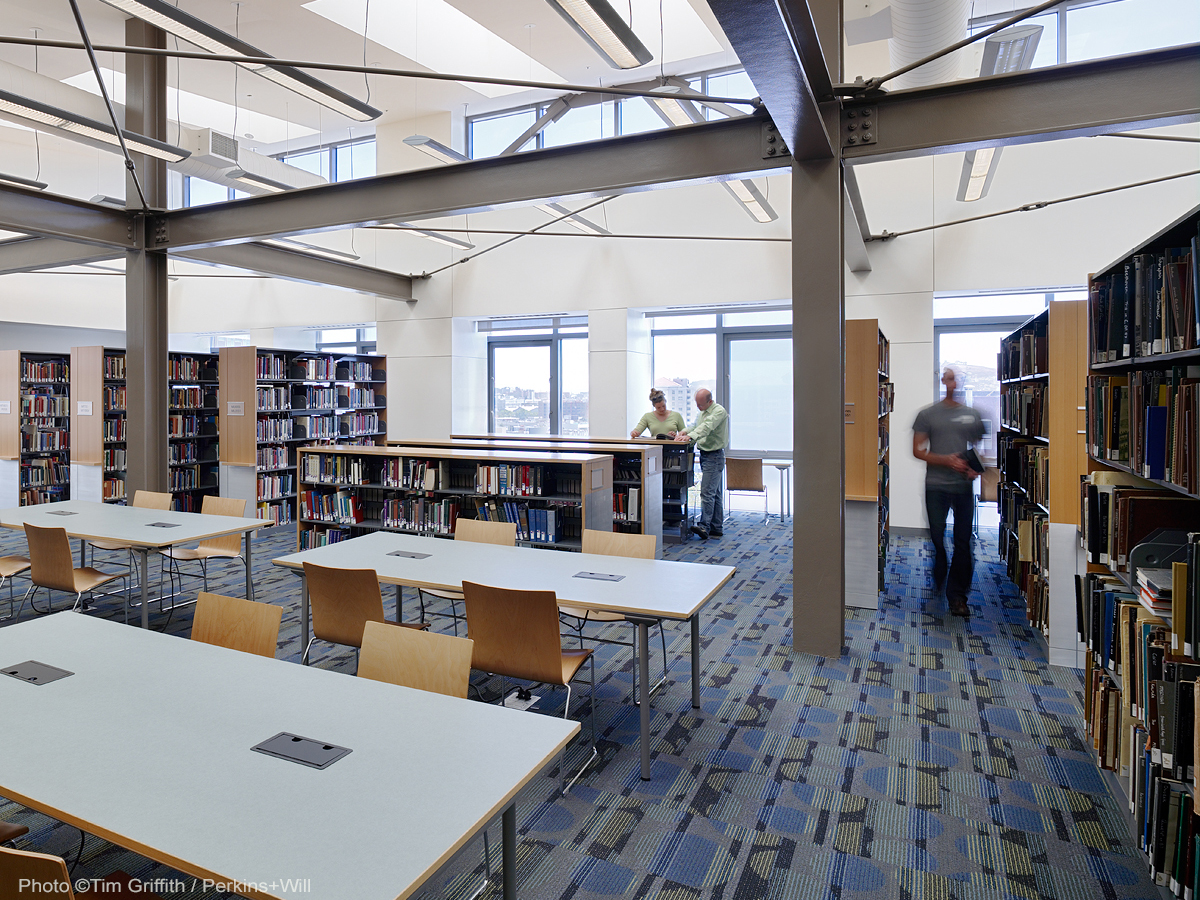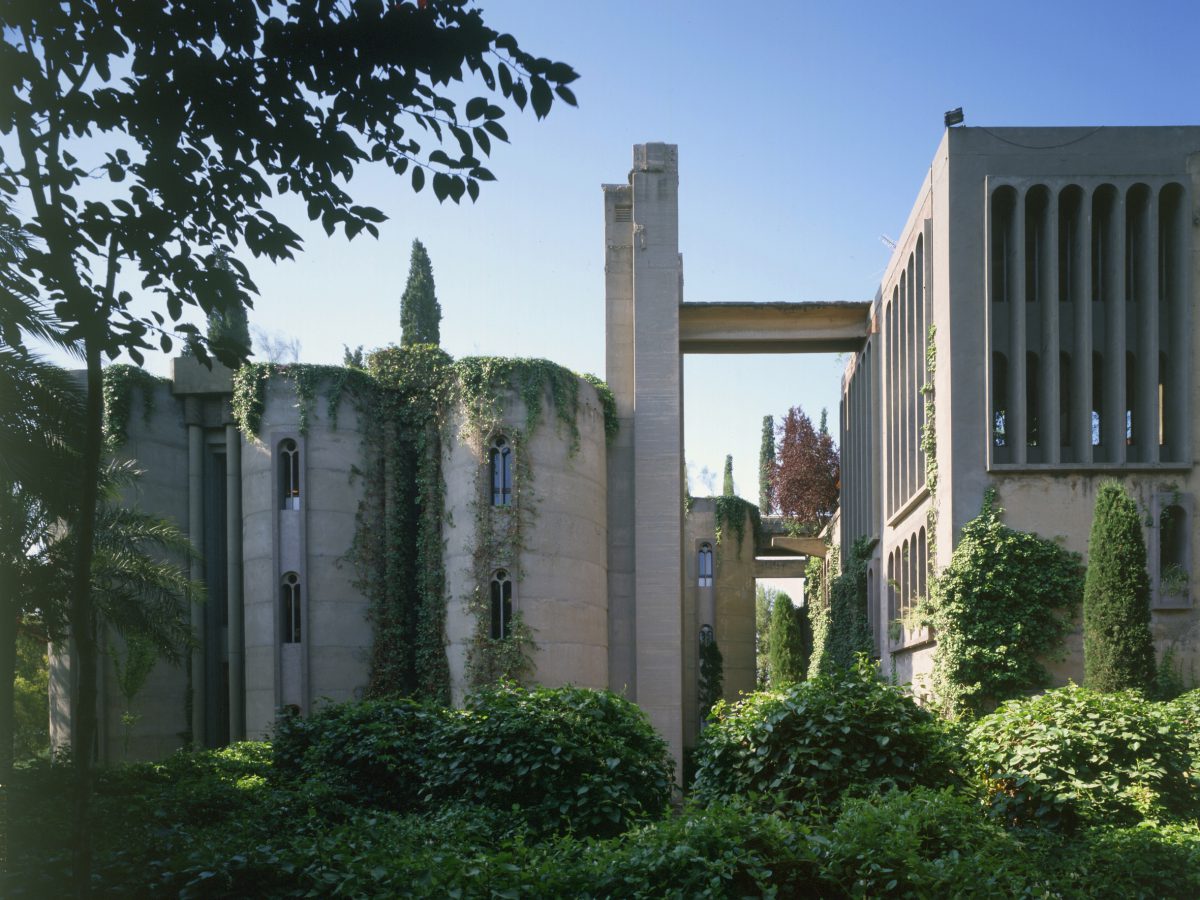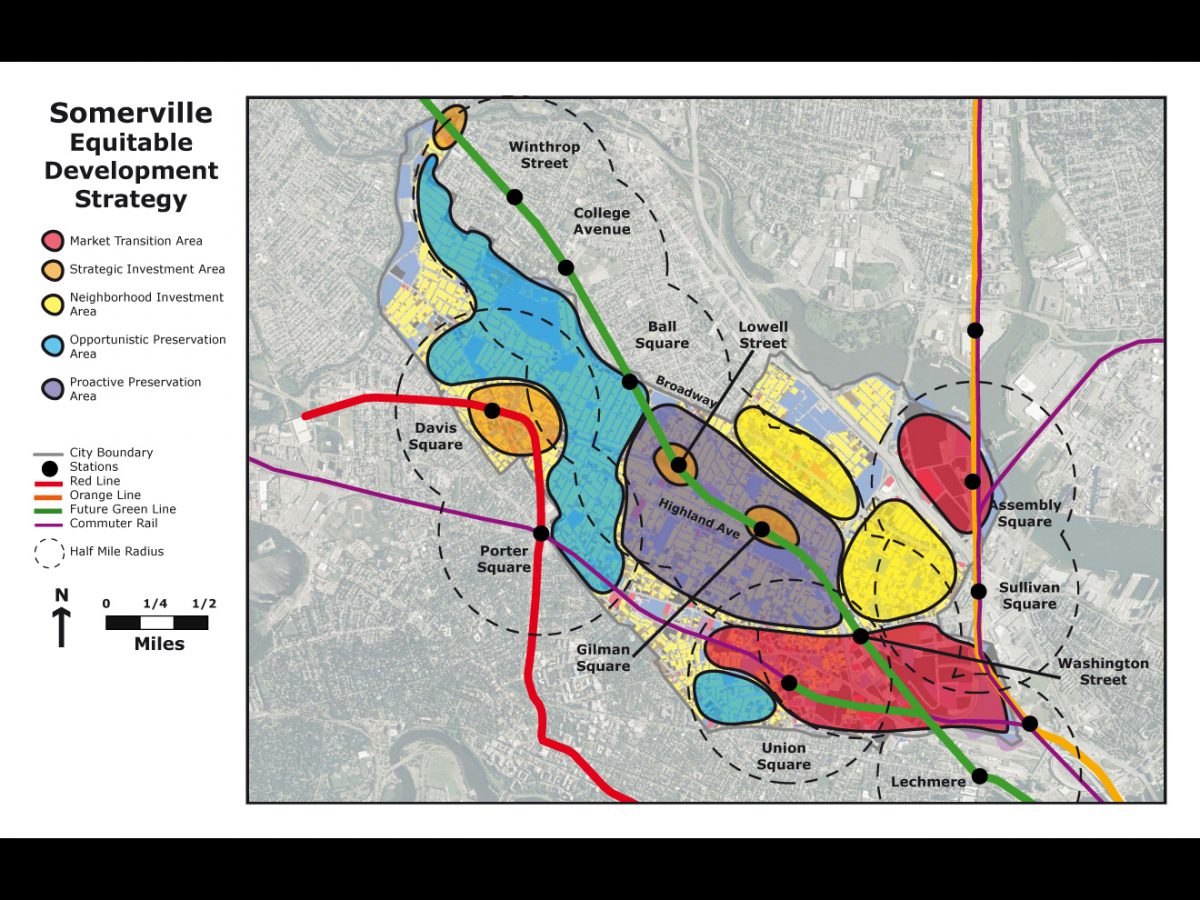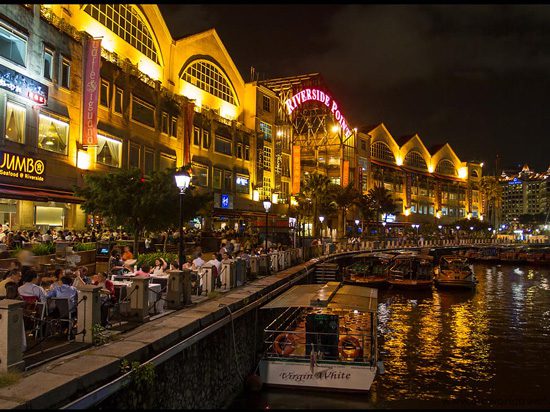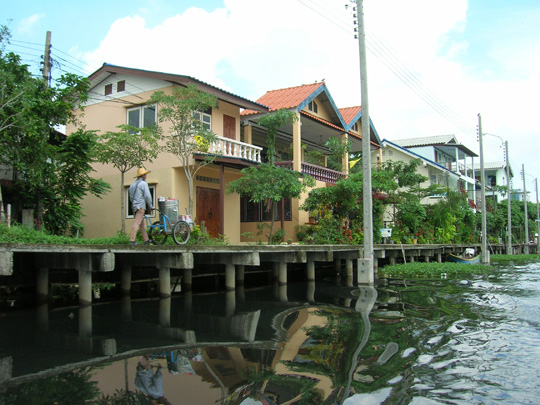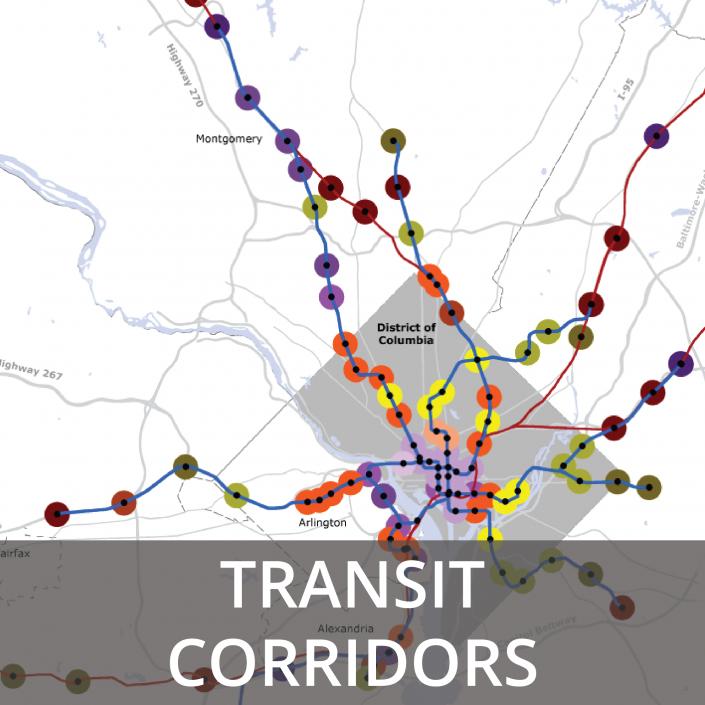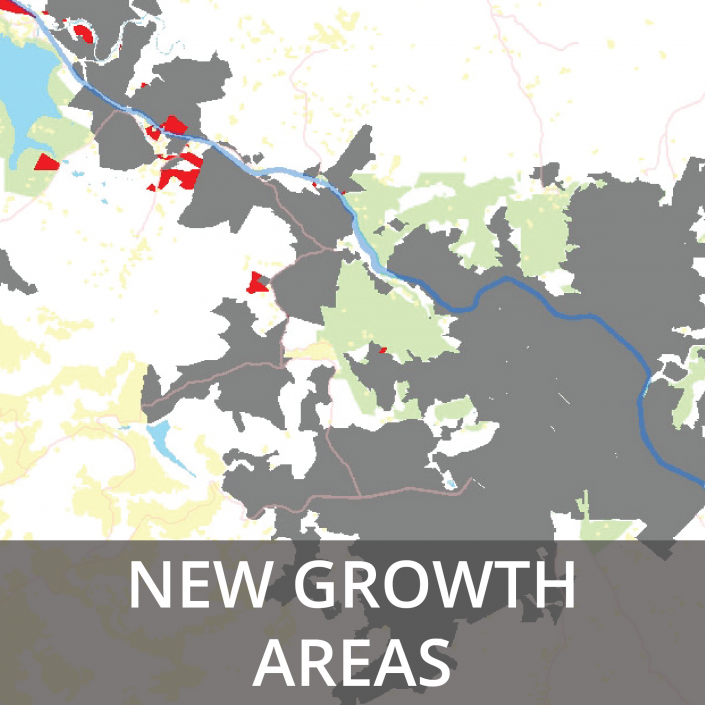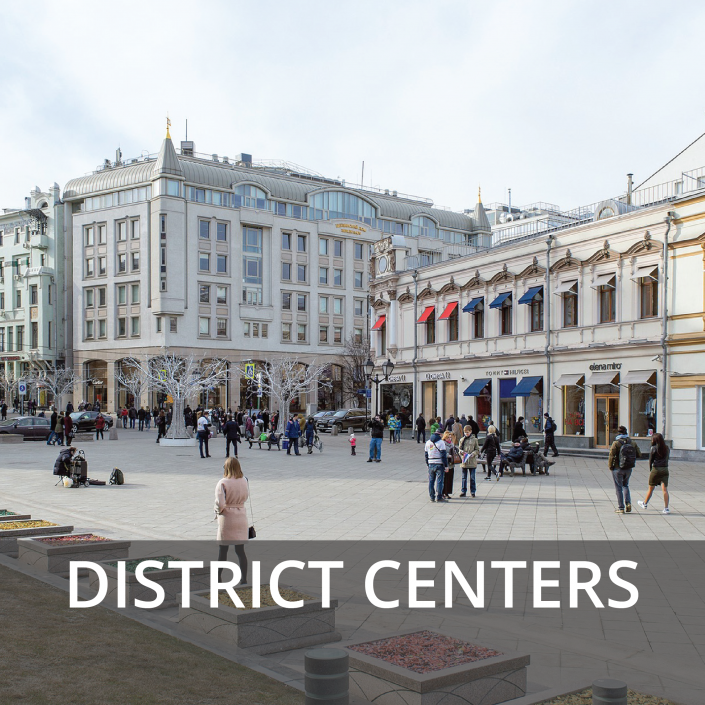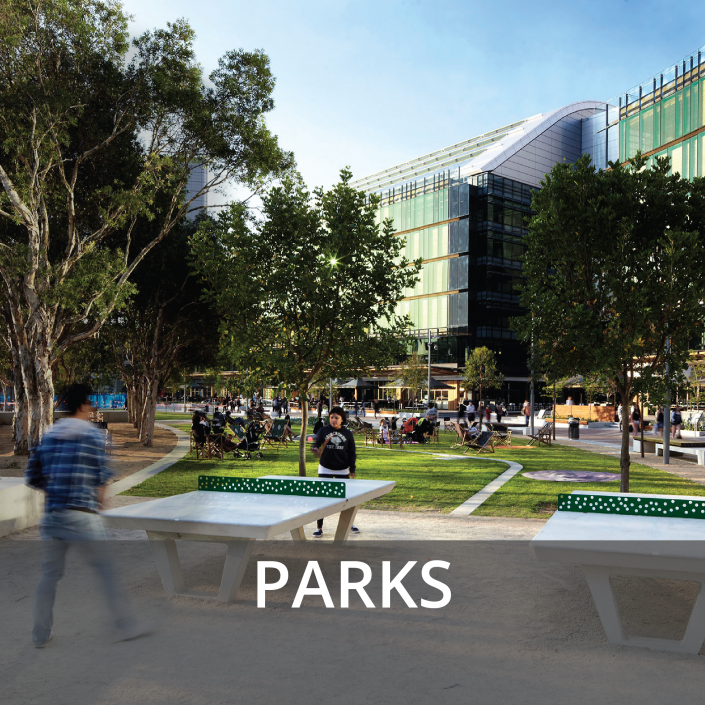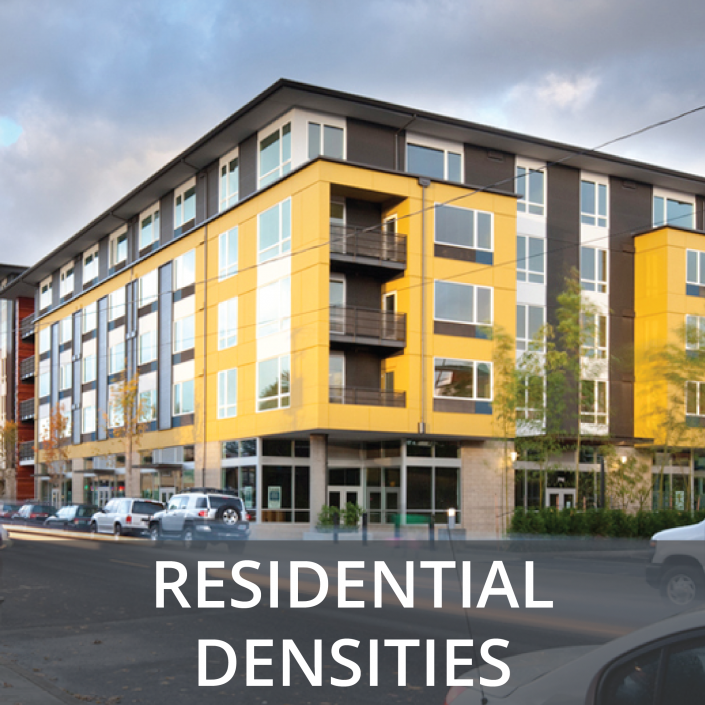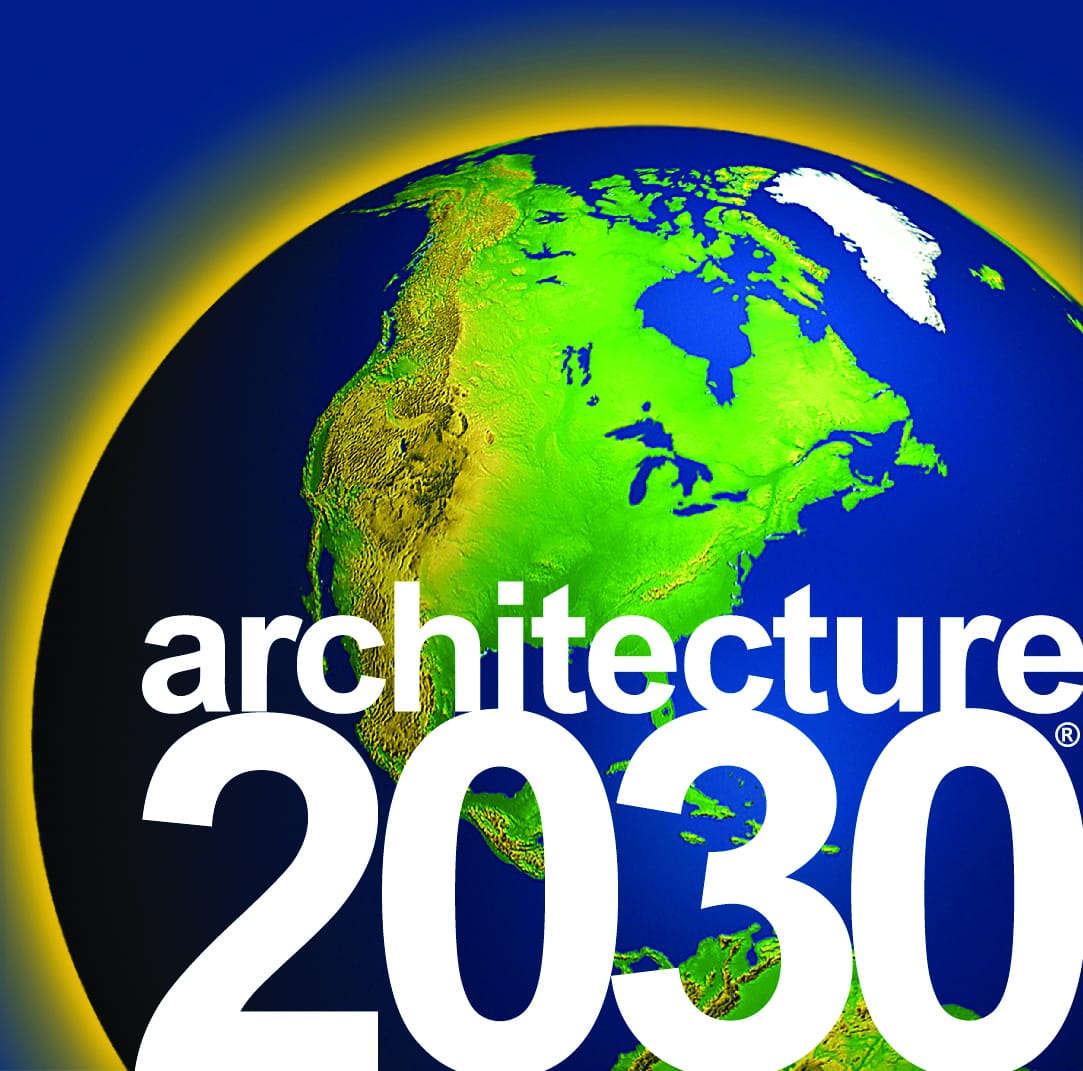Repurposing/redeveloping low-density, contaminated, abandoned, or underused areas and buildings within walking distance to transit and/or district centers reduces sprawl.
Adapting and reusing existing structures, and redeveloping areas with existing infrastructure and access to public transit, reduces travel time, infrastructure extension, energy and resource consumption, GHG emissions, as well as habitat and farmland loss.
Survey underused areas within 800-meters (½ mile) of public transit and/or a district center, and establish incentives for:
- The adaptive reuse of existing and historic structures;
- New housing opportunities and mixed-use development;
- Increased density;
- Adding/upgrading public and green spaces;
- Brownfield cleanup and development;
- Environmental repair;
- Energy efficiency upgrades, renewable and passive energy systems; and
- Improved connectivity for bicyclists and pedestrians.

